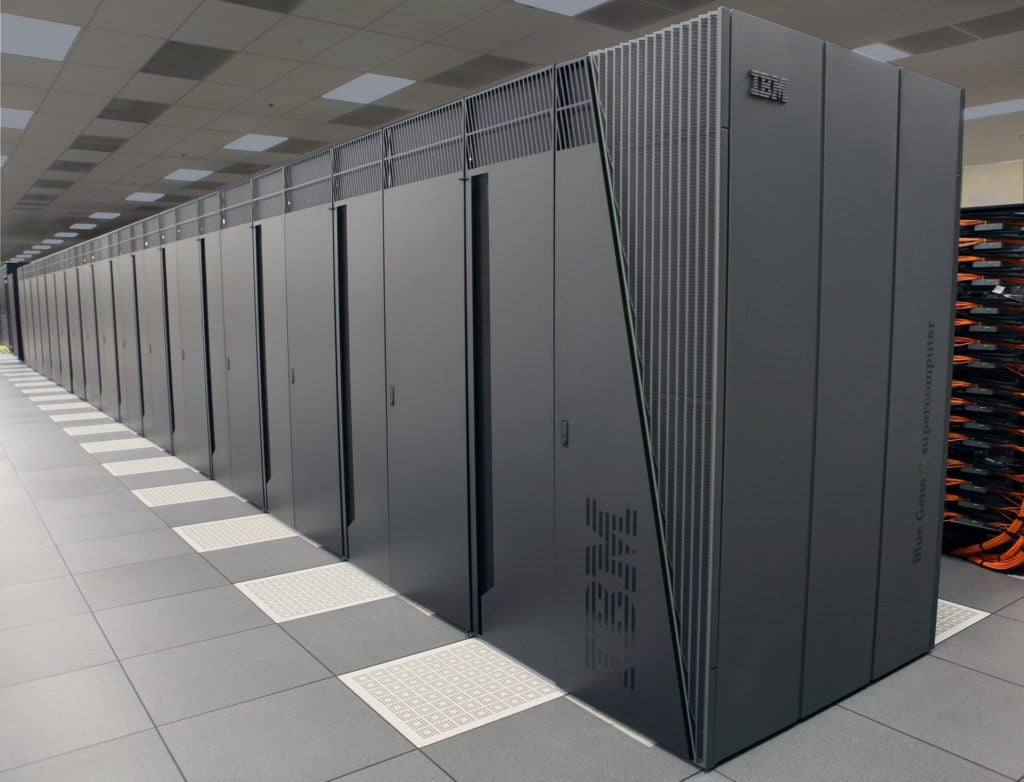Can a Network Security Assessment Benefit Your Company?
Data breaches occur almost every single day around the world, and not even major companies like Equifax and Capital One are immune to them. If you are concerned about your business becoming the next victim of a hacker’s determination to gain access to personal information, a network security assessment could be just what you need. Here are some of the benefits you can expect. You Can Find Potential Security Holes Even if you have a firewall running alongside some of the best antivirus software imaginable, there are still security holes that you may not have covered. Failing to use email security technology, for example, leaves your company vulnerable to ransomware, which is especially common among small to medium businesses. Trying to find these holes yourself can be impossible, especially if you don’t have expertise in information technology and security. A network security assessment is always a great idea for these reasons. It Enhances Cloud Security The cloud is the place to be in today’s digital age. It’s far more difficult for cybercriminals to access data in the cloud than data on a server or hard drive, and the cloud is also the perfect location for copies of your backups to promote redundancy as well as business continuity. Not all cloud platforms are the same, and the way your company accesses the cloud may be leaving you open to attack. A network security assessment will help you enhance your cloud security and keep your information even safer. You Can Lower Your Operating Costs In many cases, a professional network security assessment can even help you lower operating and capital costs by removing unnecessary and redundant equipment or programs. Essentially, you may be able to combine some functionalities and save money on programs you just don’t need. You can also lower your operating costs by reducing the likelihood of an attack that could lead to a data breach or even ransomware, which can leave you unable to access data at all until you can restore it. You Can Make Sure You Have the Security You Need Unless you have a full IT team on board or you’re using a managed IT service already, there’s no real way for you to know whether your security actually lines up with the architecture of your network. No two networks are exactly the same, and for this reason, no two networks have the exact same security needs. By allowing a professional team to run a network security assessment, you can figure out the best ways to be certain that the security level and type you have is right for your network. The main benefit of a network security assessment is the ability to find serious holes that could ultimately cost you your business altogether. No one is immune from attacks, and if some of the world’s biggest companies can become targets, smaller ones can, too. The best thing you can do to protect yourself is to schedule a network security assessment right away and make any necessary changes to protect your network and data.
Can a Network Security Assessment Benefit Your Company? Read More »










